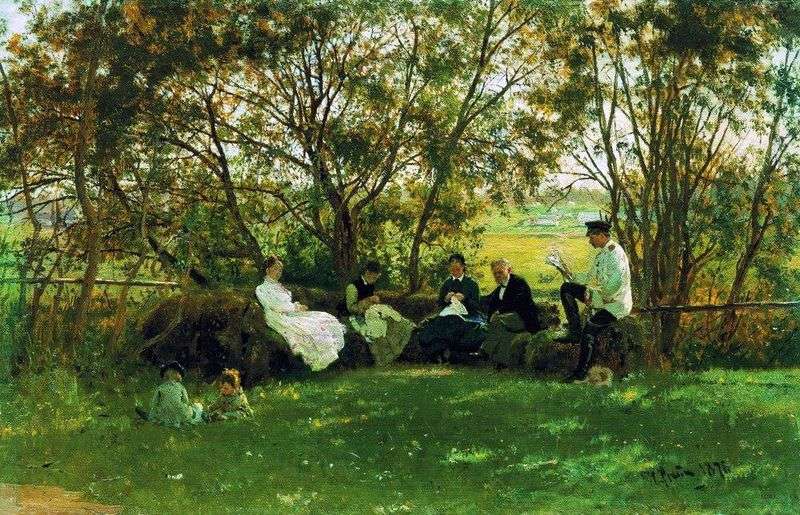
Ilya Efimovich Repin – an outstanding Russian artist. He created many magnificent paintings that are stored in many collections of museums and private collections. The artist painted several paintings dedicated to the Red Village, where he lived with his family after arriving from St. Petersburg. In 1976, he painted the picture “On the Sod Bench”.
This small picture, but it is remarkable that the artist depicted her entire family, his close people. On a hot summer day, when the sun illuminates everything with its rays, the artist’s large family rests under the shade of trees in a garden on a sod bench.
Here are the artist’s wife, Vera Repina, with her daughters, Vera and Nadia, her parents, and her brother and wife. Women are busy sewing, men are reading books, and children play at ease and nonchalantly on the grass. Bright summer greens, openwork foliage of trees and a calm state of the characters create a feeling of joyful family well-being, delight and joy.
Repin combines several styles in the picture – there are notes of impressionism and one’s own unique writing technique. This picture involuntarily reminds landscapes of Corot, when against the blue sky picturesquely depicted beautiful green trees. This is the subtlety and skill of the artist. The characters are depicted remotely, while you can see not only a holistic mass of figures, but also see the individuality of each character, his portrait sketch.
The plot of the painting is mostly household, depicts the usual course of life. Repin, using impressionistic style, snatches the moment of an instant impression of what he saw, but at the same time the picture is contemplative. This is like a beautiful photo for memory, which is distinguished by the picturesque beauty and elegance of color.
The painting “On the turf bench” expresses the idea of “pure painting”, which Polenov developed in his work. Although this is one of the few samples of Repinsky landscapes, filled with joy and purity, but paintings of this kind influenced the development of painting at the end of the XIX century.
 Abramtsevo. Summer landscape by Ilya Repin
Abramtsevo. Summer landscape by Ilya Repin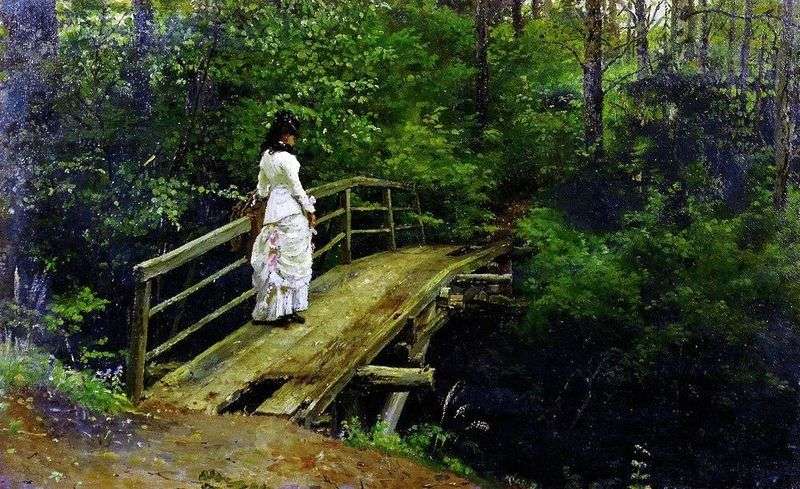 Vera Repin on the bridge in Abramtsevo by Ilya Repin
Vera Repin on the bridge in Abramtsevo by Ilya Repin Surgeon E. V. Pavlov in the operating room by Ilya Repin
Surgeon E. V. Pavlov in the operating room by Ilya Repin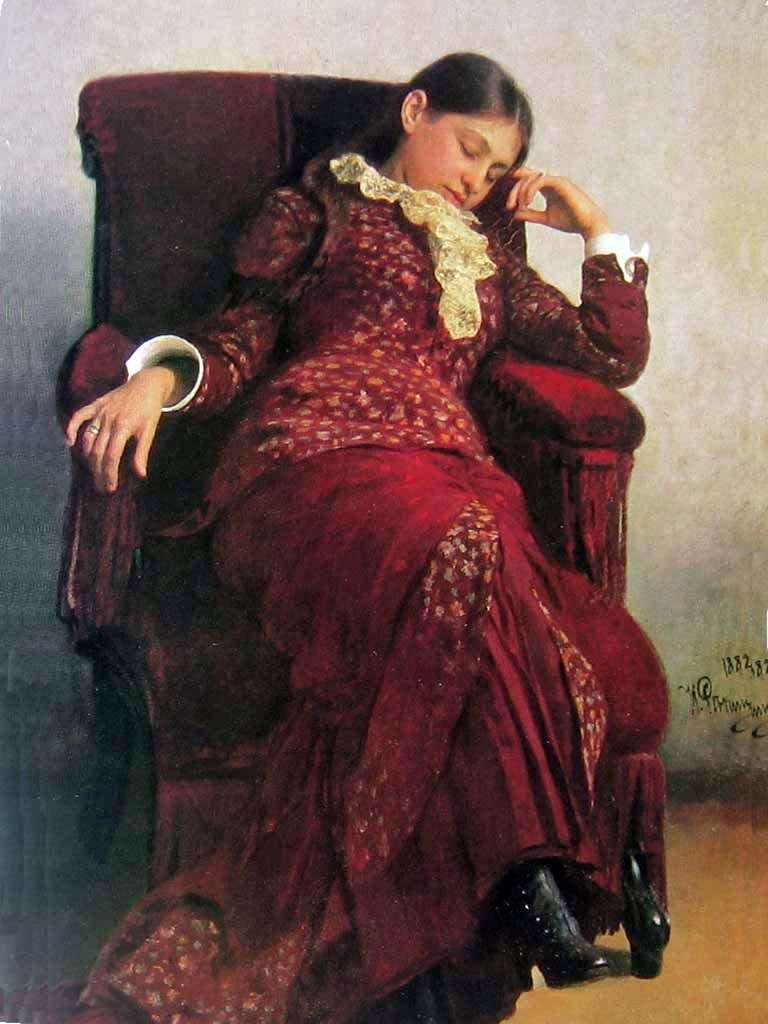 Rest by Ilya Repin
Rest by Ilya Repin L. N. Tolstoy on vacation in the forest by Ilya Repin
L. N. Tolstoy on vacation in the forest by Ilya Repin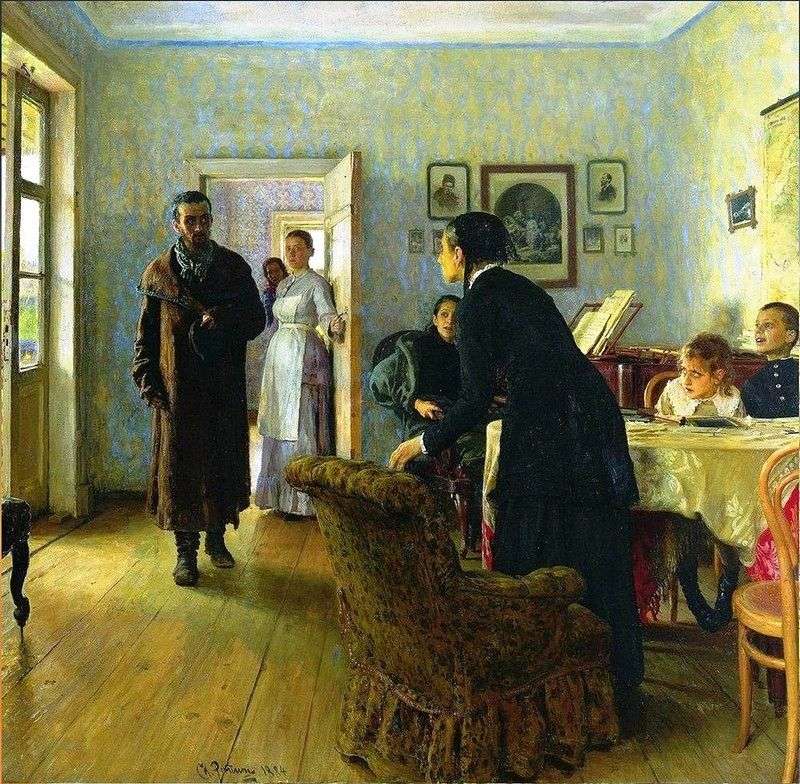 Did not wait by Ilya Repin
Did not wait by Ilya Repin Pavel Mikhailovich Tretyakov by Ilya Repin
Pavel Mikhailovich Tretyakov by Ilya Repin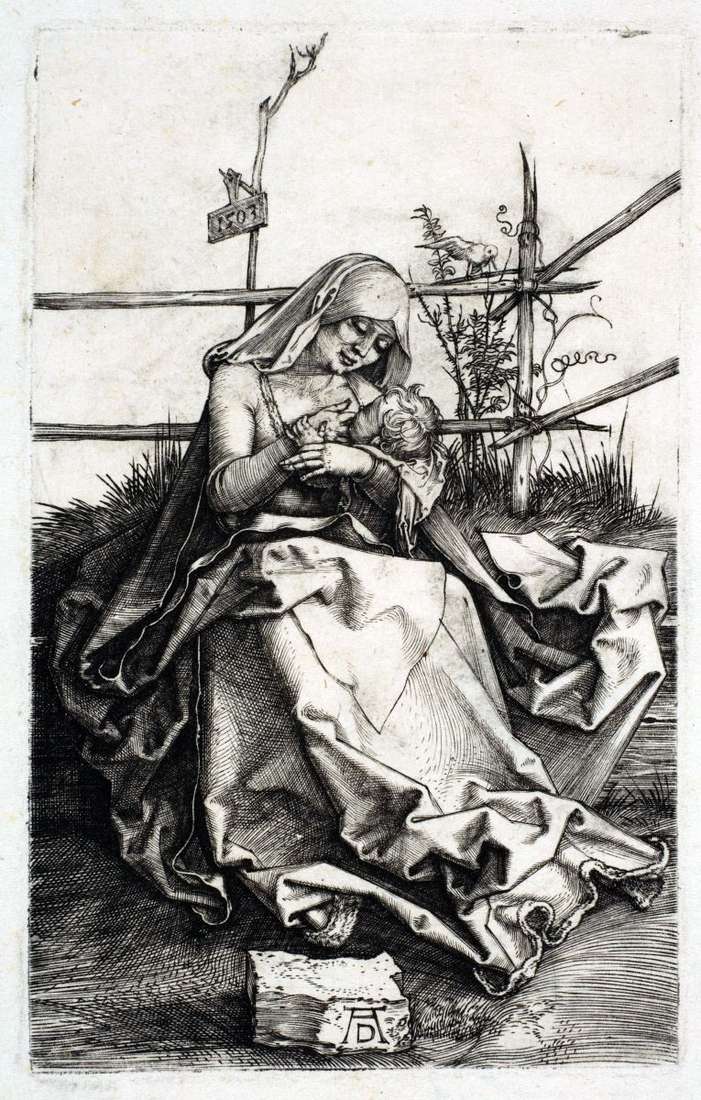 Maria on the bench from the turf by Albrecht Durer
Maria on the bench from the turf by Albrecht Durer